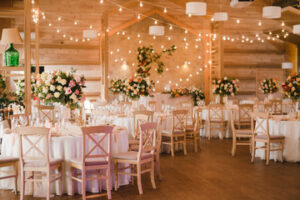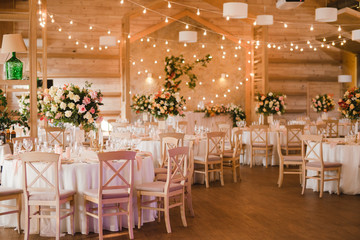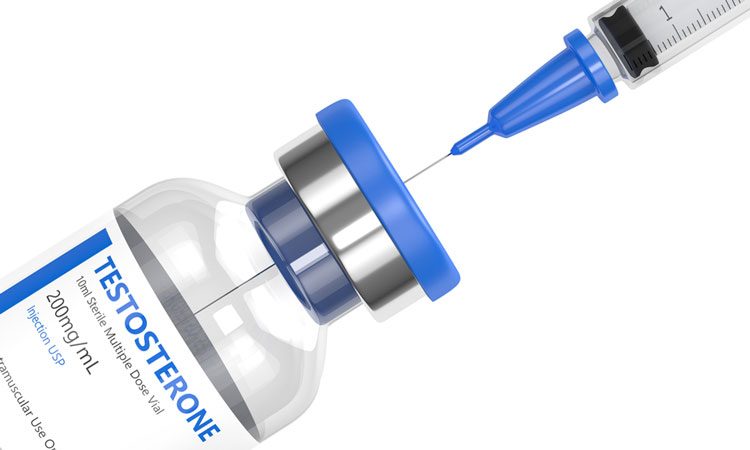DFW Event Design involves creating an event that resonates with the needs and wants of its attendees. It can include a variety of decisions related to the format, venue, catering, entertainment, content delivery, and engagement tactics.
Color plays a significant role in the overall aesthetic of an event. Choosing a palette that conveys specific emotions can enhance the theme and create an immersive experience for guests.
The space used for an event is one of the most important elements of design. The goal is to create a sense of place, which can be accomplished by using different elements such as furniture, lighting, colors and textures. It’s also important to think about the flow of the event and how guests will move throughout the space.
The event space must be appropriate for the type of event being held. The venue needs to be large enough for the number of attendees and provide adequate seating, while still providing a intimate setting where participants can connect and engage with each other.
Once the event space has been selected it’s time to start planning the event. This involves creating a concept for the event and deciding on a theme. Then it’s time to do some research to get a better understanding of the current trends and attendee preferences. This will help guide the decision making process and ensure that the event is aligned with the audience’s needs.
Event design should be a collaborative effort with the client and all stakeholders. It’s essential to consider the budgetary restrictions, timelines and critical resources that will impact the event production. It is also helpful to create a schedule of events that will assist in determining what services and amenities are needed.
When designing an event it’s important to remember that attendees will want to be comfortable, and the experience will leave them with a lasting impression. In order to do this, organizers should focus on personalization, incorporating innovative technologies and adding comforting amenities.
Theme
A well-defined theme can provide a solid foundation for every aspect of event design. Ultimately, it should align with the overall objectives of the event—be it a product launch, team building, networking opportunity, or fundraiser. The goal is to create a unique experience that resonates with the audience.
Theme elements can affect the look, feel, taste and even sound of an event. Whether you’re going for an old school vibe (think flannel shirts and denim jackets, mood rings, or Dunkaroos) or a futuristic take on your brand’s future vision, event theming can give attendees an unforgettable experience that will keep them coming back.
Colour is another crucial element to consider, with the right shades and tones being used to evoke the desired effect. For example, blue lighting can evoke a sense of calm and peace, while red can promote excitement and energy.
The final step is to review the results and collect feedback to identify any areas of improvement or further optimization. This will help ensure that the event design is executed perfectly on event day and achieves its intended impact. The event designer will be able to incorporate the feedback into future planning and execution, resulting in a successful and memorable event. It’s also important to remember that while the design process is critical, the actual event will require flexibility and adaptation due to unexpected factors that may arise on-site. This is where the experience and expertise of an experienced event planner comes in handy. They’ll be able to re-purpose existing design materials, and even bring in new ideas that they’ve learned from previous events. This will save time, money, and resources while still delivering an exceptional experience for the attendees.
Lighting
The lighting used for an event is a powerful component of the overall design and can convey a variety of emotions. It’s important to experiment with different lighting techniques and elements to create the desired ambiance for your event. For example, softer or dimmed lights may be used for a romantic or intimate event while more vibrant or energetic lighting can be used to create an exciting atmosphere.
The choice of lighting can also impact the overall theme and aesthetic of an event. For example, a patterned lighting effect can add visual interest to a backdrop or even a floor display. In addition, the use of a color scheme can help to communicate a specific message or mood. For example, warm tones can be used to evoke feelings of comfort and intimacy while more vibrant or metallic colors can represent energy or excitement.
Another important aspect of event lighting is highlighting areas that guests need to see. This includes highlighting buffets, bars, and tables so that guests can easily find them. It’s also a good idea to highlight any unique decorative elements like flowers, centerpieces, or ice sculptures. This will give the event a more high-end, layered look.
When experimenting with different lighting, it’s also important to consider the angle from which it is being used. Lighting from below can create dramatic shadows while lighting from above can create a soft and flattering effect. Additionally, the use of a wash light can set an overall mood and add depth to a space. Finally, using intelligent lighting (also known as moving heads) can offer a range of effects such as overhead beams, follow spotlights, and washes.
Furniture & Equipment
A large part of the event design process involves finding or creating furniture and equipment that reflects the style, theme, and message of the event. This includes anything from simple tables and chairs to custom lounge areas and bars. It also involves finding vendors who provide high-quality rentals and can help you find items that fit your budget.
Another aspect of furniture and equipment is the use of color to create a specific mood or atmosphere. For example, using pastel colors can create a calming environment, while bolder colors can inspire energy and excitement. In addition, using textures can add an extra dimension to the event design. For example, a bouncy rubber floor might encourage attendees to jump around, while a fluffy or velvet wall may be stroked.
Lighting is another important aspect of event design. It can be used to highlight certain elements and create a focal point in the room. It can also be used to change the line of sight and shape the space. For example, you can highlight a shape or form by using uplighters and gobos (lights with patterned stencils), or create a sense of depth in the room by directing light down on the floor.
The final stage of event design is implementation. This involves preparing the venue for your event, setting up decorations, and making sure everything looks polished and ready to go before guests arrive. It can also include coordinating with your vendors and managing any deliveries. In addition, it’s important to learn from your events and make improvements for the next one. This way, you can continue to make your events even better and more memorable for your attendees.
Signage
If you’ve ever attended a large event, such as a music festival or conference, chances are that signage helped you navigate the space. It’s a critical part of the event design process that helps communicate important details, promote sponsors and organizers, and more. Signage is often overlooked, but it plays a big role in the success of events.
Event planners use signage to convey important information, such as the daily agenda for a multi-day conference. This information is essential for maintaining a seamless flow and ensures that attendees are fully engaged. Signage is also helpful for relaying real-time changes, such as session cancellations or room changes.
Signage for events comes in a variety of shapes, sizes and styles. They can be as simple as a banner or as elaborate as a floor graphic or cardboard installation. There are countless ways to add event signage, and it’s often more effective to go creative than simply adding traditional signs. People tend to ignore signs that appear too similar, so try contrasting light text on dark backgrounds or using unique shapes that stand out.
Another way to test the effectiveness of your event signage is to experience it from the attendee’s perspective. Walk through the venue and see how easily you can find locations, amenities or anything else that is essential to your guests’ experience. If you struggle, you likely need more signage.
It’s not uncommon for professionals who want to work in the field of event design to pursue a university Master’s degree, but this route can be costly and lengthy for some. For those looking for an alternative, online event design courses offer a flexible and cost-effective option to build the skills and knowledge necessary to excel in this highly competitive and rewarding career.


